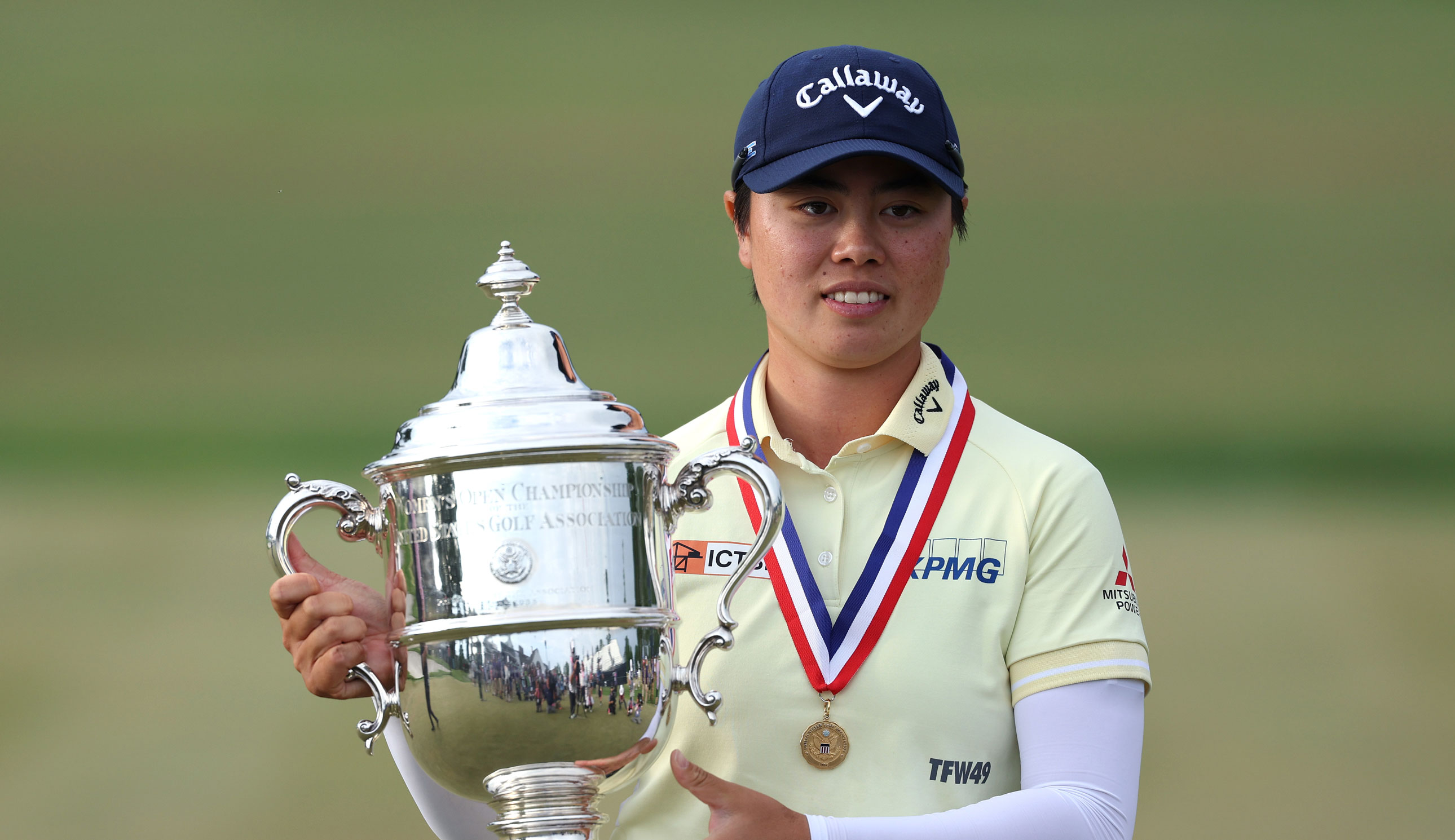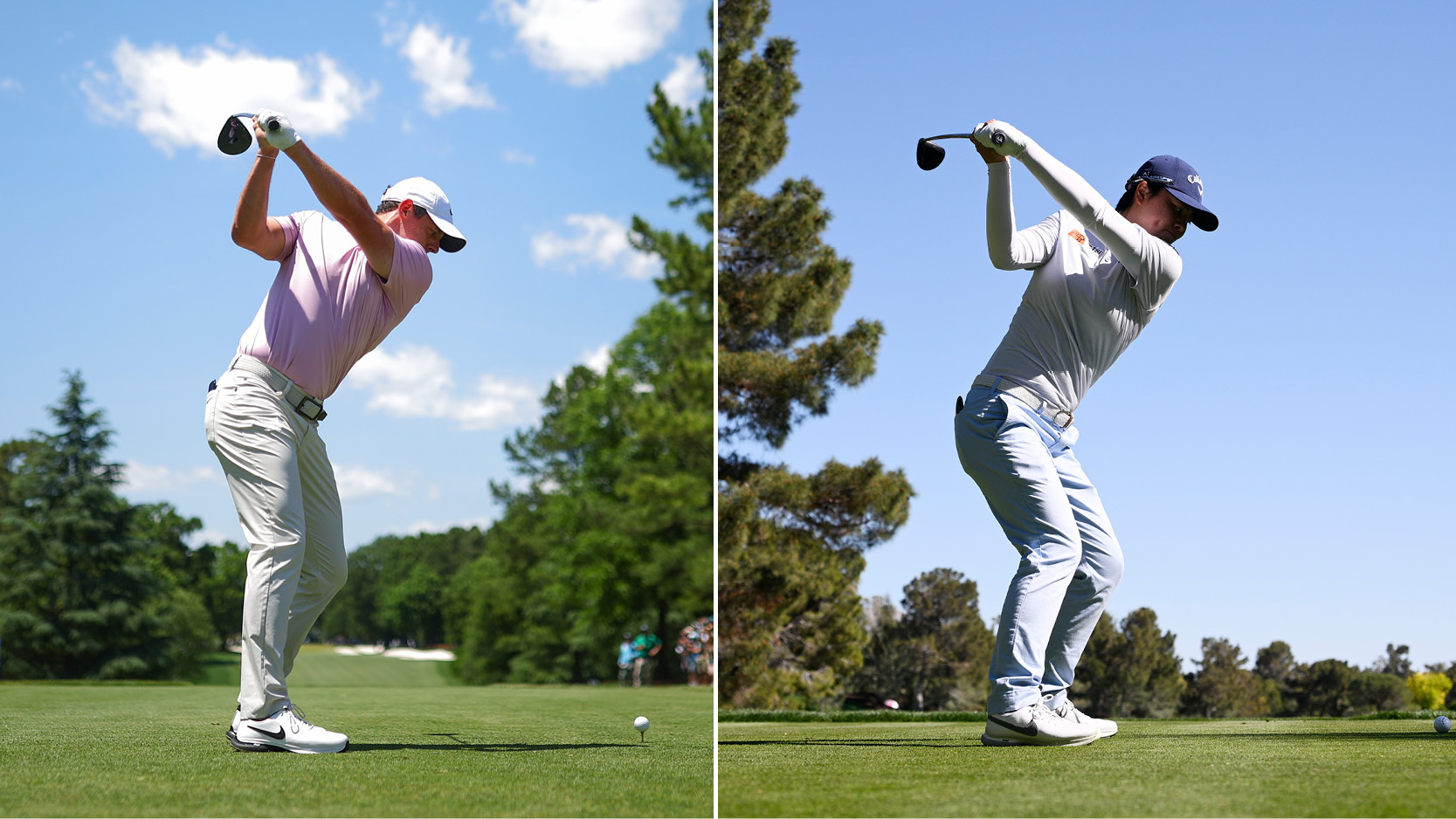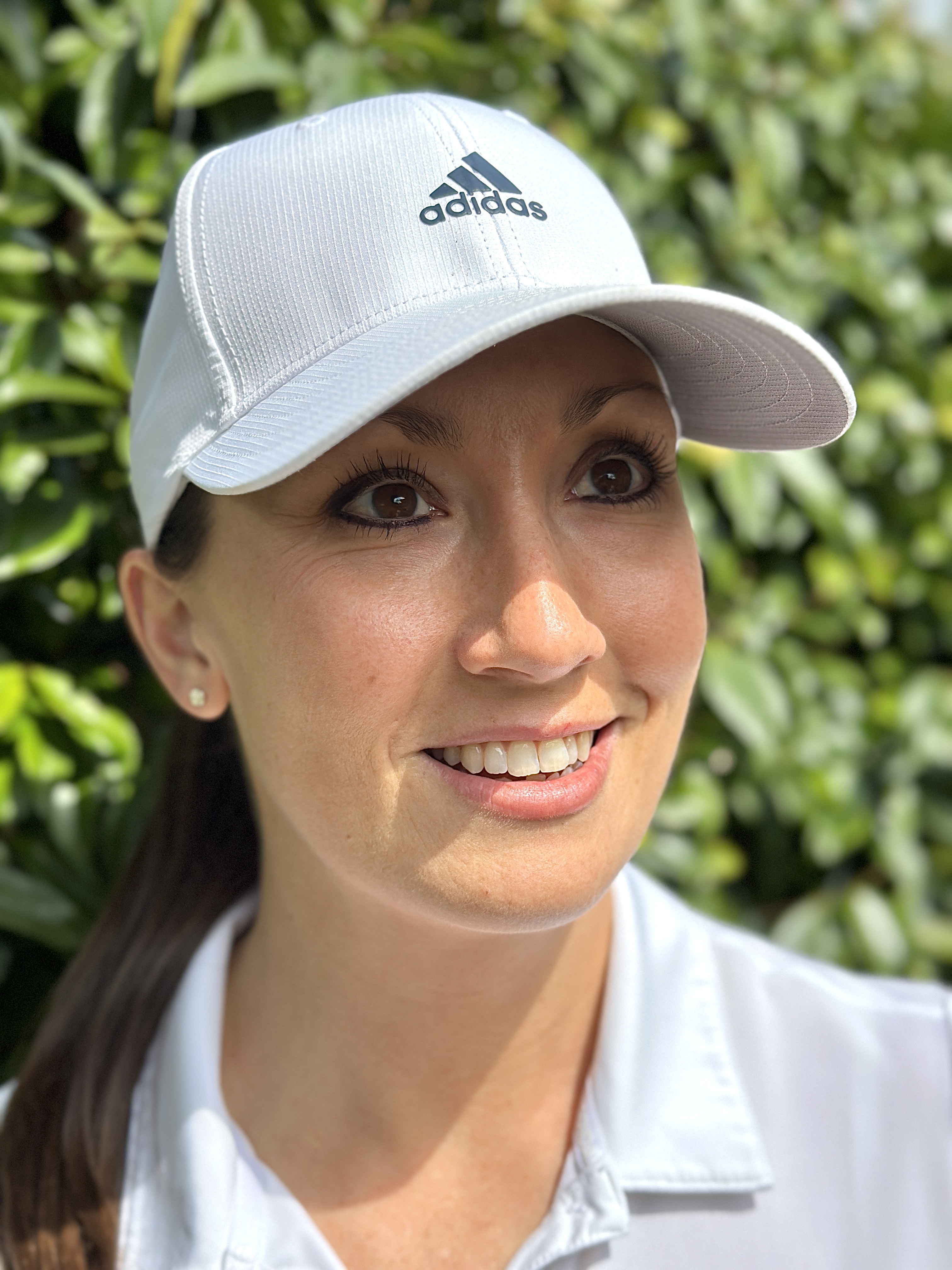3 Things I’m Applying To My Golf Game After Watching The Winner Of The US Women’s Open
Here's what keen-to-improve amateur golfers can learn from US Women's Open champion Yuka Saso


One thing was clear about this year’s US Women’s Open held at Lancaster Country Club, it was a test for even the best in women’s golf. With speedy greens, thick rough and water placed perfectly to punish, it left some of the most notable names, including Nelly Korda, heading home before the weekend.
The final scores confirm what a challenge the course was, with the winner Yuka Saso taking the title at 4 under – a number we might be more used to seeing after one day of play.
So what was it about Saso that led to her taking the title? As a keen-to-improve amateur watching on from home, I was curiously taking notes about what I could apply to my game to take my scoring to the next level.
Here are the 3 takeaways I'm going to start applying to my game.
Practice Being Patient When You're Playing
“I’m going to stay patient” – that was a phrase I heard a lot in the post-round interviews when players were talking about the round they had just played and how they planned to keep that momentum going into tomorrow.
When I heard that word, it was like a lightbulb switched on. And as I reflect on my last couple of rounds that didn’t go as I hoped, patience was an ingredient that was missing. I would say I felt focused and (most of the time) present, doing my best to play one shot at a time. But when those holes happened where the shots slipped away, I’ll be honest…I wasn’t patient on the next.
Looking back, I would try too hard to 'bounce back' and either steady the ship with a par or, if I’m being really honest…go for it and try to get a birdie. I would tell myself I was 'chasing' it – a mindset I do want to bring into my game but it was more of an impatience, a panic to stem those shots from slipping away. And it didn’t work.
Subscribe to the Golf Monthly newsletter to stay up to date with all the latest tour news, equipment news, reviews, head-to-heads and buyer’s guides from our team of experienced experts.
What did work, on the holes I was happy with, was letting go of the score and setting my sights on one shot at a time. That’s when I played my best golf.
So the next time I play, especially with a card in my hand, I’m going to practise being patient – instead of rushing a bounce back – and trust that my score will take care of itself if I do.

Work On Short Game More Than Long Game
Yuka Saso has a cracking long game, apparently she modelled her swing on Rory McIlroy’s when she was growing up, making hours of practice swings in the mirror before going to school. And you can tell.
But the thing that surprised me, even though it shouldn’t with Saso being a two-time major champion, was how epic her short game was.
When Saso’s long game – and hers is a long game, easily hitting the drivable 239 yard par 4 16th, with a 3-wood – put her out of position, it was her short game that saved her.
The flop shot from Saso’s third round comes to mind. A shot that would make most knees knock but not Saso’s as she flops it over the greenside bunker to land perfectly on the fringe, nestling up to the hole. An inch more and with the speed of those greens, it would have been a long putt coming back, if not worse.
It’s the confidence to play shots like that, the ones that save your score, that inspire me to work on my short game. And not only the typical shots we might find ourselves facing on the course but the tricky ones too.
That’s why I’m going to make a promise to myself – to spend more time practising my short game than I do my long game. This is going to be a challenge because if you watch my YouTube channel, I spend a lot of time working on my long game but I know that when it comes to those score savers, it’s all about the short game.

Rory McIlroy and Yuka Saso hitting driver
Mistakes Will Happen, It's What You Do After That Counts
When it came down to the final round, there were mistakes, even Saso had a four putt on a par 3 to take a double bogey. And others in the hunt had their share of three putts and shots into the water to lose the lead they started the day with.
It might be easy to look at the best in women’s golf and wonder how we can learn from their game when it feels so far away from ours but the truth is that they make mistakes too. The difference between their game and ours as well as their game and the rest of the field, is what they do after that mistake. Does it start a spiral that leaves their score slipping away or do they learn from it and move on?
That’s what stood out to me when Saso was asked about the four putt in her winning interview. She said she learned from the experience and will take that learning into her game. She could have let that slip-up sour her memory of the round. She could have held onto it, sighing when asked about it. But she didn’t. She categorised it as a learning – a positive – and cracked on.
That’s why when I find myself making a mistake on the course, whether that’s a leaky three putt, wonky tee shot or ambitious approach gone wrong, I’m going to do my best to remember Saso’s mindset and see it as a shot to learn from, rather than beat myself up about.
After cutting her handicap from 34 to 9 in a year, Jess Ratcliffe is documenting how she’s working on her game to get really good at golf on her YouTube channel and Instagram.
